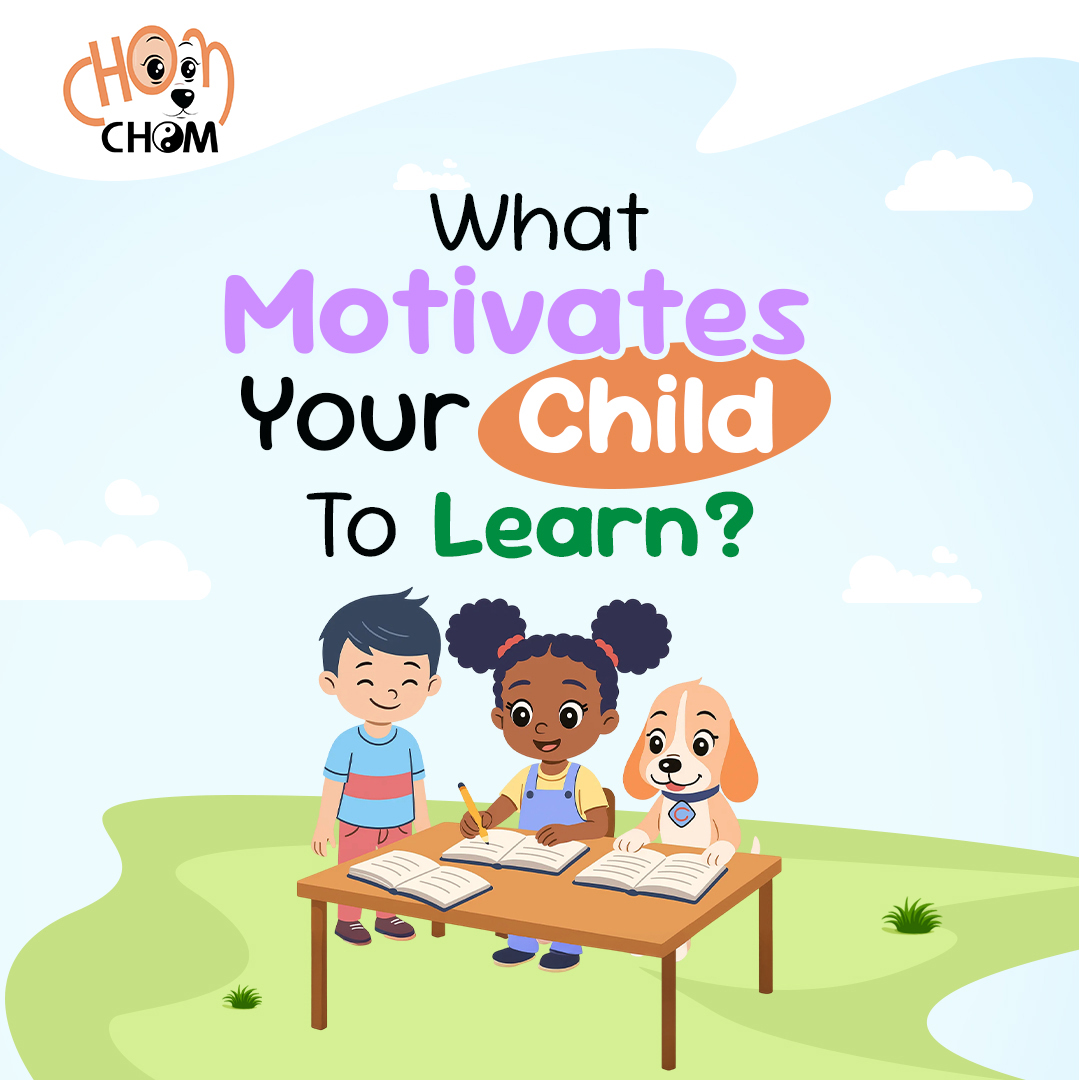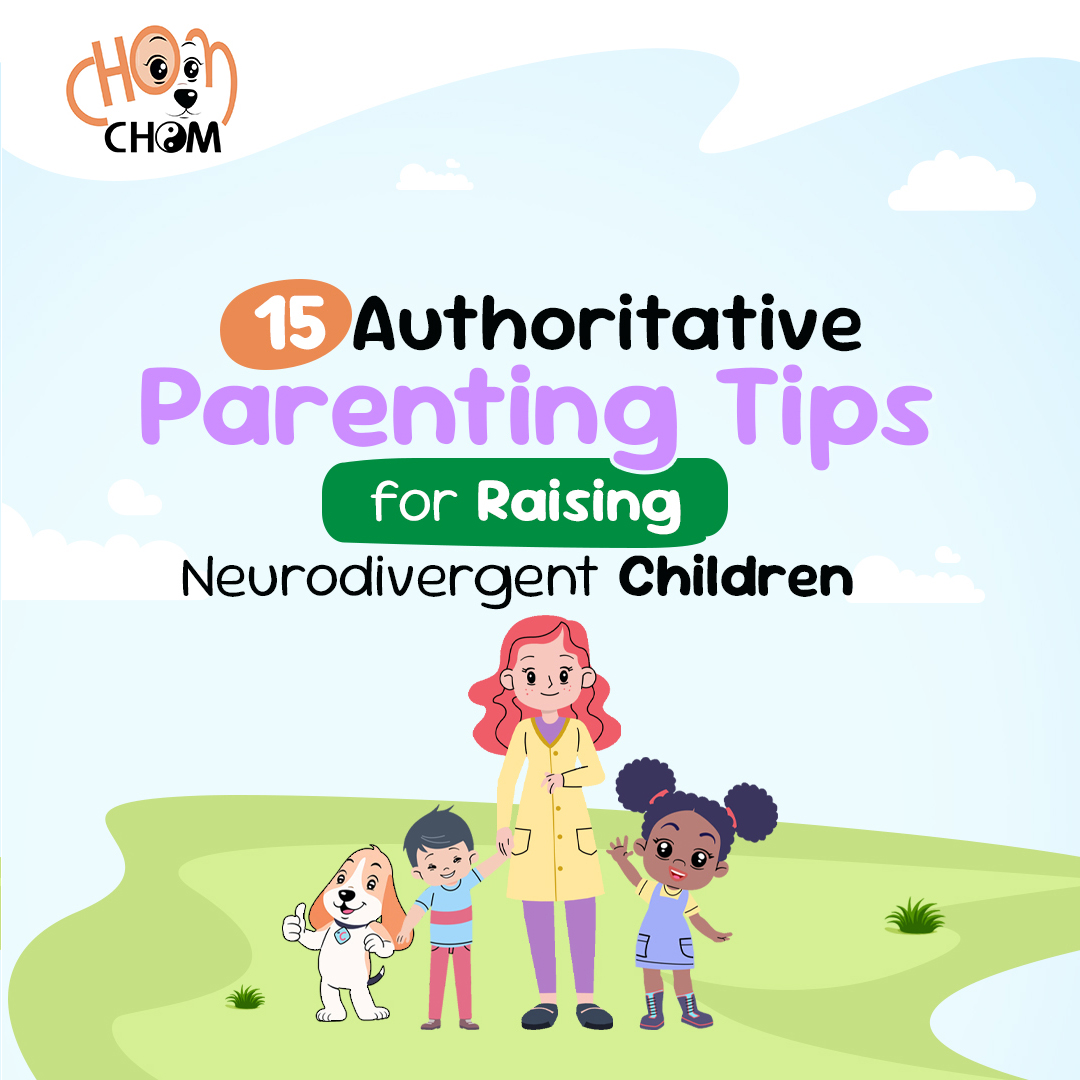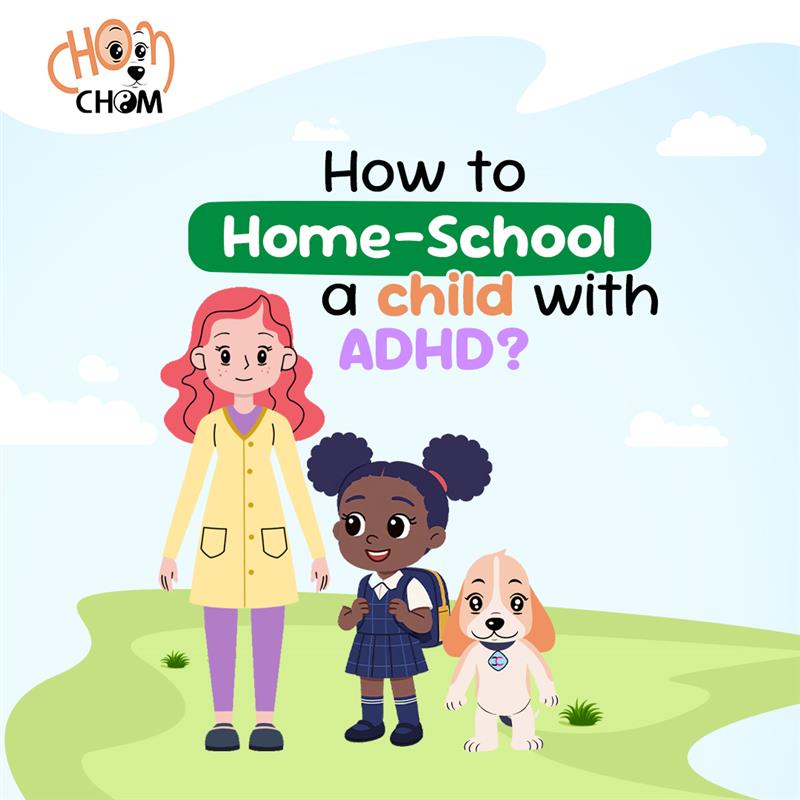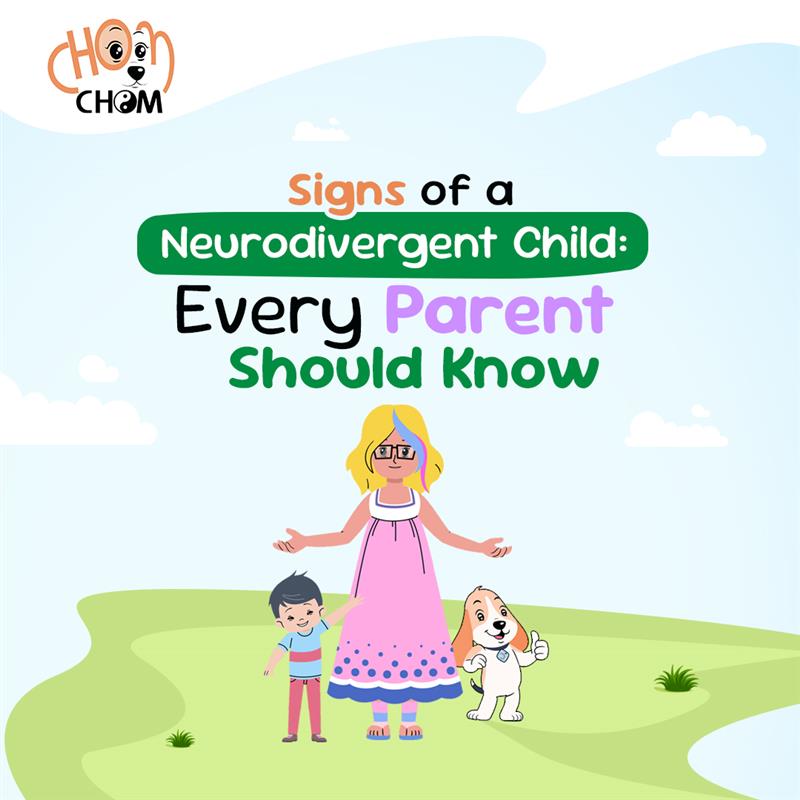
Your growing kids are always on the move. They are learning, playing, running, struggling, barely sitting in place, always acting up. And honestly, this is great. A fulfilling childhood has a positive impact on brain health, elevating confidence and emotional strength.
However, much like adults, their brains get tired and stressed without proper rest. What if you could teach them how to relax in a fun way?
But my child finds it very difficult to focus!
We know, and most neurodiverse struggle with the same. It becomes difficult for them to unplug or slow down. And such a stance immediately reflects in behavior. They tend to throw more tantrums, their focus diminishes in studies, and they rarely participate in household chores.
Here is where meditation plays a crucial role. It creates a safe zone or a joyous moment for them to slow down, understand their emotions, and persevere through the struggles.
As a parent, watching your child pick up healthy habits and overcome behavioral struggles is a joy. It is a positive approach that makes children mentally strong and brave, encouraging them to sit back and learn something new.
In this comprehensive article, let us explore the benefits of meditation for neurodiverse children, which can boost their young minds.
What is Meditation and What Happens During Meditation?
Before exploring meditation for kids, it’s essential to grasp the core principles of meditation.
It is a practice of mindfulness. For years, people have been practicing meditation to shut out the noise of the outer world and find inner peace.
The idea is the same even for children. In the practice of meditation, kids learn how to condition their minds and turn negative impulses into positive thoughts. They simply close their eyes and visualize whatever makes them happy. It can be scenarios, people, or any positive event that has an emotional value.
As they are deep into their thoughts, it provides them a sense of calm. The state of stillness allows your kids to explore emotions and expressions, which are difficult to understand in a state of unrest.
When children learn to anchor their emotions correctly, it helps them articulate their thoughts and feelings without the fear of judgment.
The Benefits of Meditation for Kids
You may wonder why I should encourage my child to meditate.
Well, there is not one good reason to meditate. Instead, there are several compelling reasons why you should encourage your kids to meditate.
First, your kids may experience stress from academic pressure, social issues, or family problems. In most cases, they even hide sensitive things from their parents and get triggered by further instances.
Through meditation, they can let their bottled-up thoughts flow.
Meditation includes breathing exercises and the practice of mindfulness. Through such forces, children master effective emotional regulation, improve their sleep, and experience reduced stress.
The following are the benefits of meditation for kids –
Enhanced Learning Abilities
Distraction is a common issue among kids. It is a great challenge, especially for kids with ADHD, to focus on the moment. Meditation practices are helpful in such a scenario.
When they learn to focus on the moment, they can concentrate on their studies and classroom activities. The focus achieved through meditation helps them develop critical thinking skills and imaginative thinking. These unique abilities are a boon in creative learning and evolving the analytical brain.
Reduced Stress and Anxiety
We find hyperactive kids all around us. They are high with emotions: both positive and negative.
However, their emotions can become overwhelming, leading them to behave in ways that dishearten us as parents.
To check their behavior, parents often scold their kids or use harsh punishments. “You’re grounded from watching your favorite show.” “No, you cannot go out to play”. No sooner than later, they will lash out, leading to more stress and anxiety.
To reduce such stress and anxiety in children, meditation is an effective tool. The practice allows them to identify their emotions and manage them.
When children practice meditation, it creates a sense of calmness in them. They tend to develop a composed nature and learn to organize their thoughts better without being anxious or stressed.
Improved Self-Regulation Skills
Your kids may find it challenging to organize their thoughts and feelings. It makes them restless and rebellious.
To ensure your children learn to control their impulses, meditation is the key. Through such practices, your kids can explore and understand their emotions and feelings more deeply.
It will therefore help them regulate such emotions in the right way. Once kids learn to recognize their thoughts and feelings without judgment, they articulate them better.
Enhanced Focus and Concentration
Meditation is significant in improving focus and concentration. It is a powerhouse mindset that fosters quality child development.
Through continuous meditation practices, your kids can eliminate outer noise and find solitude. With no distractions, kids can focus and concentrate.
With enhanced focus and concentration, children excel in their academic journey more effectively than usual. It allows them to recall their lessons and score well on their exams.
Increased Self-Awareness and Empathy
Practicing meditation, particularly mindfulness meditation, helps children learn to distinguish between the various feelings they experience at any given moment. It makes them aware of these emotions – be it anger, sadness, frustration, or anything else..
Mindfulness meditation helps kids understand their deep thoughts and feelings. As they recognize their thoughts and feelings, there is a chance of fewer emotional outbursts.
It helps them navigate through the struggles and behave appropriately. Once they start understanding their emotions better, they will develop the capacity to understand people’s feelings and how to interact in various settings.
For instance, when a ten-year-old kid goes to school and is bullied by another kid, it is normal to lash out. It can be an emotional outburst, such as crying, or an aggressive act, like trying to act out on another kid. A mindful child, however, is aware of what is happening and why, which helps them avoid an outburst.
Such an emotional strength cannot be achieved in a day. With consistent practice of mindfulness meditation, the outcome is always brilliant.
Grows Inner Confidence
Kids who struggle to articulate their thoughts and emotions often have low self-esteem and confidence. It becomes a parent’s responsibility to introduce positive approaches to help them grow as a confident individual.
Mediation is a positive approach that enables children to boost their self-confidence. The practice allows them to explore their inner selves..
The more aware they become of their inner thoughts, beliefs, and emotions, the more they gain the ability to manage their feelings better. As a result, they get a boost in their self-esteem.
Strengthened Immune System
High levels of stress in children increase cortisol levels. The increased cortisol levels affect the immune system. Your kids may fall sick frequently if the cortisol levels don’t come down.
To reduce the high levels of cortisol in children, meditation practices can be pretty beneficial. Practicing meditation helps reduce stress and anxiety in children. It therefore promotes a healthy immune system in children.
Improved Sleep
A stressful mind can ruin your child’s much-needed sleep. Through meditation, kids can calm their minds and reduce stress levels.
With consistency, they learn to sleep better. A kid who gets enough sleep stays in a good mood.
As a form of meditation practice, you can introduce your kids to bedtime stories. Children learn to visualize quicker than adults, and the meditative stories keep them engaged. It enhances their ability to imagine. When they delve into such elements, it enables them to fall asleep more quickly.
How to Develop Your Child’s Meditation Practice?
As a parent, you want your children to have a positive mind and body. A holistic approach to that would be meditation practices.
At first, your kid may not find this idea thrilling. So, we want you to be highly patient about the process.
Kids generally thrive in activities that are fun and playful. You can use the same idea to introduce meditation practices to kids.
We have created a guide to help parents develop mediation practices in children.
Find a Comfortable and Quiet Place
A comfortable and quiet place is paramount in developing the practice of meditation for kids. When you create a calm and comfy space for your child, it allows them to cancel out the outside noise.
As a result, they can focus their attention on a central point, which is the main aspect of practicing meditation.
Encourage your children to practice meditation in a room that is free from noise and distractions. To make the space inviting, add blankets, cushions, and a comfy chair.
Kids will take an interest in the process if you give them a sense of freedom. For instance, when it’s meditation time, you can allow the kids to bring their favorite toys or a picture.
If you allow them to bring their favorite elements, they will trust you and the process.
Explain Meditation in a Kid-Friendly Way
Explaining meditation to adolescents is a no-brainer. But it becomes a task when you’re doing the same to children below 10 years old.
There’s a fair chance that they will not relate to the word meditation. So, how can you make it kid-friendly?
Well, skip the formal practices and try fun and playful activities to introduce meditation. Meditation involves breathing exercises. You can start doing these exercises yourself in front of your children. They see and learn – every child does the same. That way, it will build an interest in them, and they will join you in the process.
You can also incorporate mindfulness activities and games into the practice sessions. Introduce them to virtual meditation games and activities that feature colors and intriguing characters. Once they see those elements pop up on screens, it will delight them, and thus they can organize their thoughts in one place.
Highlight the Positives
There’s hardly anything negative about meditation. As parents, you need to make your kids understand how beneficial the whole practice can be.
You can start with a bit of breathing exercise. Tell your kids how lighter you feel after the practice. It will motivate the children to begin with small meditation practices.
Kids may pull away from you when you make them sit for meditation sessions. Instead of scolding them, keep a calm approach. Direct them towards meditation through gentle music or games.
Introduce Meditation in a Fun Way with Children
Introducing meditation to children can be a challenging task. Be patient, as distractions can occur when you’re starting the process.
If you try to engage them in formal meditation sessions, there’s a possibility that they will be resistant to the process. Hence, you should introduce them to playful resources. These could be age-appropriate guided meditation videos and different mindfulness activities.
The voice they hear and the visuals they see in the videos will allow children to filter out noise from their surroundings. They will experience a sense of calm and gather their attention on a particular element or object.
Practicing Meditation Techniques by Age
Are you starting meditation for children? We recommend considering their age first. We are here to provide age-wise meditation techniques for kids.
For Toddlers
For your toddlers, you can introduce meditation as a form of mindful movement. Ask them, “What makes you happy?” and then start a conversation with them.
From an ice cream cone to going to the amusement park, many things make a toddler happy. As your kids focus on the happy feelings, it’s time to address the things that make them sad.
The sooner they start pondering those thoughts or feelings, the sooner you can encourage them to practice breathing exercises.
It is a simple and effective way to recognize stress signals. Therefore, in situations when you’re not around, they can redirect their thoughts more productively.
For Preschoolers
As parents of preschoolers, we find that a practical meditation technique involves incorporating story elements. The meditation stories for preschoolers should stimulate their cognitive skills.
Your children should not only listen to the story but also feel it with their bodies. Try narrating stories that offer various elements, from surprises to sorrows. It will allow them to feel every emotion.
As they recognize each emotion, it will help them manage their feelings more effectively. The technique of storytelling can thus be considered an essential meditation technique for preschoolers.
For Kindergarteners and Older
For kindergarteners and older children, an effective mediation method could be music. Using Tibetan bowls is a traditional meditation technique that parents have used on children.
Now, we can’t expect Tibetan bowls lying around at everyone’s houses, right?
So, instead of Tibetan bowls, you can incorporate nature sounds to gather your children’s attention to the center. As they gather their attention, it offers them a sense of calm.
Expert Tips for Child Meditation
Most kids love playing around. It thus becomes a task for them to make them sit quietly, which is a core aspect of meditation. To incorporate meditation for children, you can take adequate measures.
Since you are new to the process, we are here to offer expert tips:
At first, keep it Short and Simple
Do not expect your children to sit for long meditation sessions. In general, kids have shorter attention spans than adults. They will lose interest in the process. Instead, try with small sessions.
Motivate your kids to practice short-term meditation, such as for a minute or two. And as they get used to the process, increase the duration.
Consistency is Key
Practicing meditation routinely helps kids reduce stress and increase calmness. Apart from routine meditation practice, set aside a dedicated time for meditation with your kids.
Additionally, ensure your children meditate in a specific corner of the house. And that space should be comfortable and quiet.
Children can block out outer noise once they are in a quiet place. This allows them to focus better.
Make it Fun and Non-Judgmental
As parents, when introducing meditation to kids, ensure they become intrigued by the process. You can incorporate mindfulness games that feature focus activities for kids.
Apps like ChomChomTech offer activities designed to boost focus and attention in your kids. The various elements in these activities get your kids hooked, increase attention span, and offer a sense of calmness.
Don’t Push
One of the core purposes of kids’ meditation is to relax their minds. Even for adults, it becomes a challenge to maintain focus for extended periods.
Showing some empathy, you should introduce your children to meditation slowly and with a positive approach. It takes kids longer to learn something new, especially when it comes to practicing mindfulness.
Be patient and let your kids get into the process at their own pace.
Promote Kids’ Overall Development with ChomChomTech
As parents and guides, we ensure our children grow up with high spirits. It is our responsibility to ensure they become confident individuals of tomorrow.
In the developing years, they will feel the extreme pressure of learning and navigating through difficult emotions. However, that doesn’t have to be today.
Whatever complex and negative thoughts are dwelling in their heads, we must help them minimize them.
To extend our support, we create the perfect and therapist-curated meditations for children. Since kids have limited attention spans, we have mindfulness activities and meditation videos that pique their interest in the right way.
Our gamified platform focuses on helping kids with anxiety, stress, and ADHD with the goodness of meditation and mindfulness practices.
The focus of our activities is to help children build critical thinking abilities so they can experience academic success and overall development.
Download the ChomChom app and reap the benefits of meditation videos and mindfulness activities.
FAQs
The meditation time for kids should ideally be 2-5 minutes. Given that children have shorter attention spans, it makes sense to keep the duration brief. As they get used to the process, you can increase the duration. But don’t push them for long meditation sessions from the start.
The benefits of meditation don’t appear at the same time. For a child who is not struggling with any intense issues, many children may reap the benefits of meditation faster. On the other hand, children who have intense academic stress, ADHD, and anxiety may take time to benefit from meditation. Regardless of the approach, you need to continue the practice in a safe and secure environment.
How can parents and educators support children in practicing meditation?
Firstly, parents and educators need to be patient in guiding them towards meditation. They can use positive approaches, such as playing games, to motivate individuals to perform mindfulness activities. Such initiatives will boost focus in your kids, reduce stress, and promote a sense of calmness.







